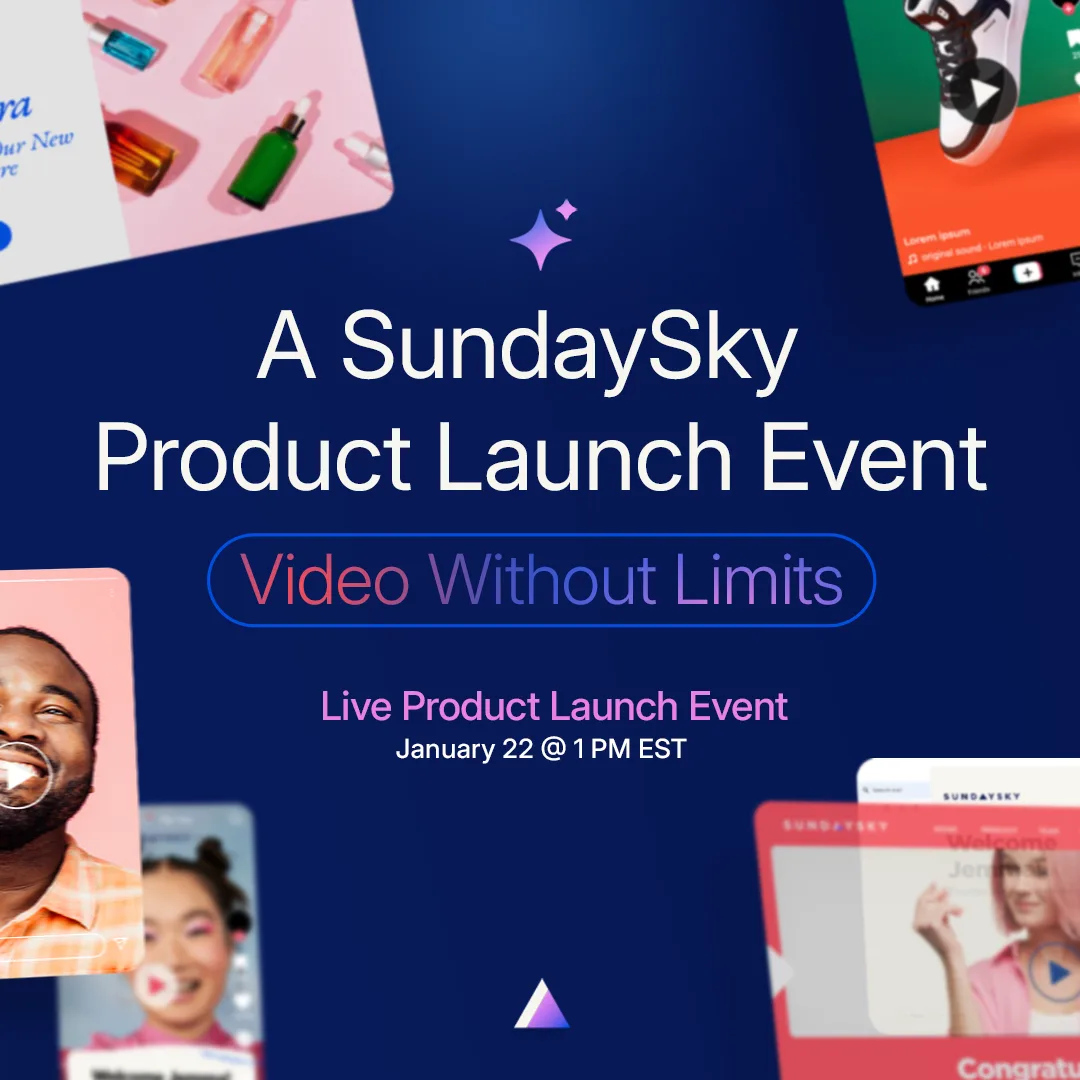When looking at creating personalized videos in order to more effectively engage your customers, an important early consideration is whether to generate videos in batch mode (meaning videos are created periodically and served when the customer clicks to view the video), or in real time (meaning videos are created at the time the consumer clicks to view the video).
As eMarketer reported just this week, leading online brands are upping their investment in personalization and leveraging the power of ‘Big Data’ to maximize the results of those initiatives.

For personalized engagement with online video, brands need to determine a delivery approach for their data that is best aligned with personalization strategies and, ultimately, the desired customer experience. There’s a trade-off that comes down to two factors:
1. Security
Personalized videos require data that is, well, personal… As such, you want sensitive customer data that personalizes your videos to be secure and within your control. Pre-made (batch) videos require that you send customer data to your video provider for storage and processing. Using that data, videos are generated and stored for future consumption by your customers.
Real-time video generation works using a completely different paradigm. With a real-time method, the data required for the specific video is sent along with the video generation request – at the time the consumer asks for it, i.e., clicks to view the video. The video is streamed to the viewer, and once it is fully generated and consumed, all traces of the data and the video are deleted promptly. If the consumer wants to view the video again, another video generation request is sent, and the video will be generated – in real time – again.
With real-time delivery, data is used in memory only and not stored. So if data security is a concern, a real-time approach is optimal.
2. Accuracy
Imagine a video bill that explains the most recent charges from your wireless carrier. Now, imagine that you received your bill on Monday, paid your balance on Tuesday, and watched your video bill again on Wednesday. How would you react if your video bill told you that your balance was still due? No doubt, this would trigger a call to the contact center, just to make sure your payment was on record.
Let’s look at another case. You’re shopping with an online retailer that has product videos showing related items. What if the videos (created in batch mode the night before) were showing out-of-stock items, or even worse, a related item that had a price increase over the course of the day? You’d likely complain that the price is lower in the video and demand the product at that price, right?
Real-time video generation ensures videos are delivered with the most accurate and up-to-date data available, creating a much more engaging and personalized experience. When a video depicts the most current status, it’s as if it’s “alive,” reacting to your actions, such as in a video bill example: view video bill, pay your balance, watch video bill, video thanks you for your recent payment.
There may be cases where pre-made, batch videos make good sense, e.g., if your data changes very infrequently, if the video generation process is aligned with your product/ website updates, if retrieving a real-time feed of particular data types is challenging, or perhaps your interest is in general-purpose product videos. But if you are keen to deliver highly personalized videos leveraging dynamic customer data, real-time video generation is the way to go.






